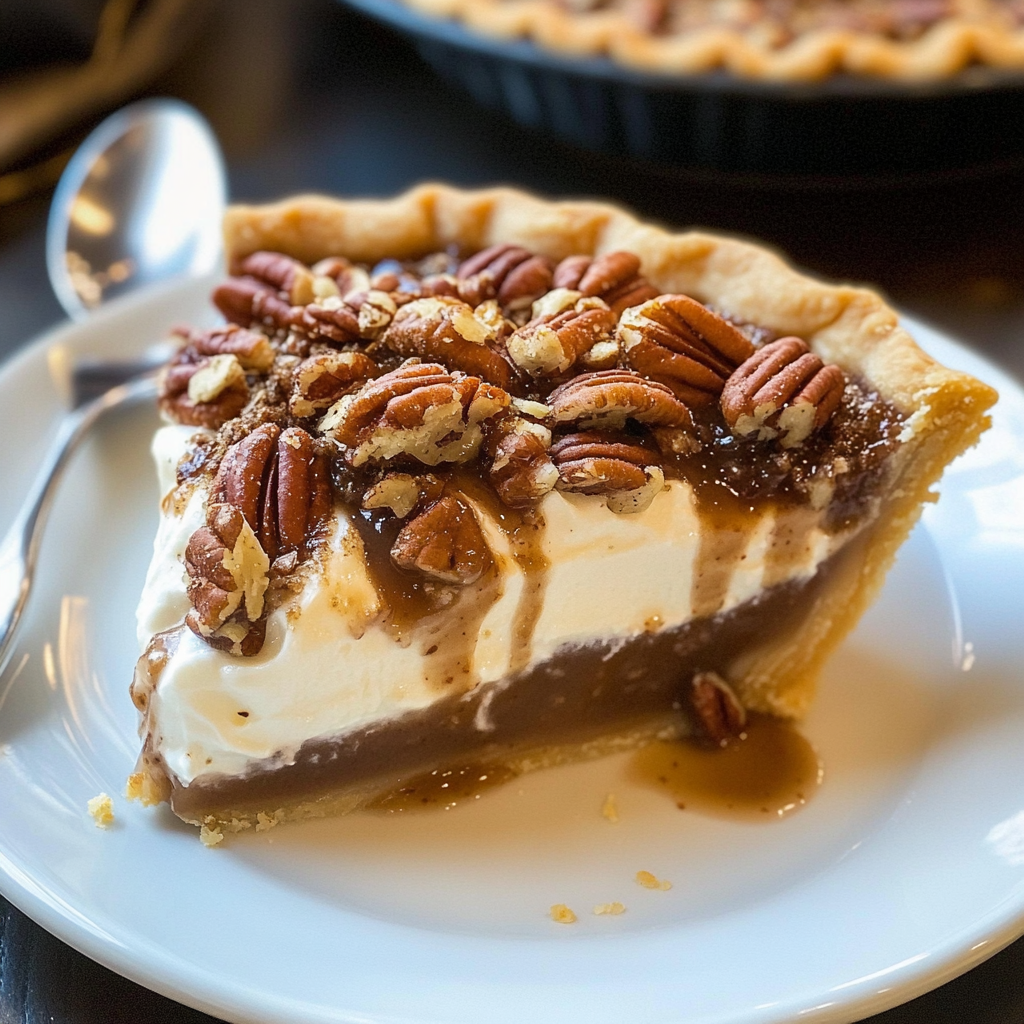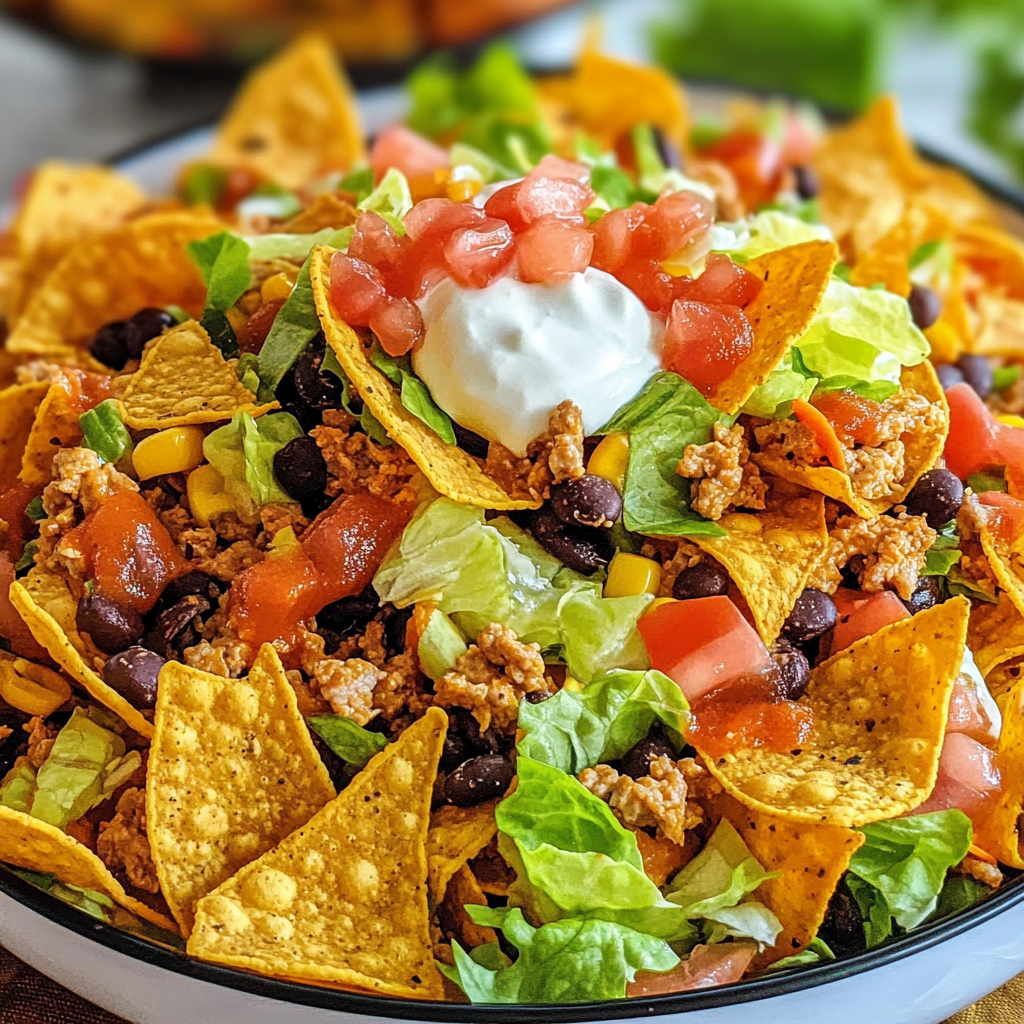
SENIORS: Eat These 15 Foods to STRENGTHEN Your Legs After 60
As we age, maintaining strong legs becomes crucial for independence, mobility, and quality of life. After 60, we lose 3-8% of muscle mass per decade, but the right nutrition can dramatically slow this process. Here are the top 15 foods that will keep your legs strong, stable, and ready for life’s adventures.
Why Leg Strength Matters After 60
Strong legs mean:
- Independence: Climbing stairs, getting up from chairs, maintaining balance
- Fall Prevention: 1 in 4 seniors fall each year – strong legs reduce this risk by 40%
- Active Lifestyle: Continue enjoying walks, gardening, travel, and playing with grandchildren
- Overall Health: Leg strength correlates with longevity and cognitive function
The Top 15 Power Foods for Stronger Legs
1. Salmon – The Muscle Protector
Why it works: Omega-3s reduce inflammation that breaks down muscle tissue. The high-quality protein (22g per serving) directly feeds muscle repair. How much: 2-3 servings weekly Pro tip: Wild-caught has more omega-3s than farmed
2. Greek Yogurt – The Recovery Booster
Why it works: Contains twice the protein of regular yogurt plus probiotics that improve protein absorption. The calcium strengthens bones supporting your muscles. How much: 1 cup daily Best time: Post-exercise or as evening snack
3. Leafy Greens – The Circulation Enhancer
Why it works: Nitrates improve blood flow to leg muscles by up to 11%. Vitamin K is essential for bone density – crucial for leg support structure. How much: 2-3 cups daily Easy tip: Add spinach to smoothies – you won’t taste it!
4. Eggs – The Complete Package
Why it works: Contains all 9 essential amino acids your muscles need. The vitamin D helps muscles contract properly. How much: 1-2 daily is safe for most seniors Bonus: The choline supports nerve-muscle communication
5. Quinoa – The Plant Powerhouse
Why it works: One of few plant foods with complete protein. The magnesium prevents leg cramps common in seniors. How much: 1/2 cup cooked, 3-4 times weekly Tip: Cook in bone broth for extra nutrients
6. Sweet Potatoes – The Cramp Fighter
Why it works: High potassium content (542mg) prevents painful leg cramps. Complex carbs provide sustained energy for activities. How much: 1 medium potato, 2-3 times weekly Preparation: Keep skin on for extra fiber
7. Chicken Breast – The Lean Machine
Why it works: Provides 25g protein with minimal saturated fat. B vitamins support energy production in muscle cells. How much: 3-4 oz portions, 3-4 times weekly Cook smart: Bake or grill, avoid frying
8. Lentils – The Fiber-Protein Combo
Why it works: Plant protein plus iron for oxygen delivery to muscles. High fiber stabilizes blood sugar for consistent energy. How much: 1/2 cup cooked, 2-3 times weekly Variety: Red lentils cook fastest (15 minutes)
9. Nuts & Seeds – The Joint Lubricators
Why it works: Healthy fats reduce joint inflammation. Magnesium supports over 300 muscle functions. How much: 1 oz (handful) daily Best choices: Almonds for vitamin E, walnuts for omega-3s
10. Cottage Cheese – The Night Protector
Why it works: Casein protein releases slowly, preventing muscle breakdown during sleep. High calcium for bone strength. How much: 1/2 cup before bed Upgrade: Add berries for antioxidants
11. Broccoli – The Inflammation Fighter
Why it works: Sulforaphane reduces muscle soreness. Vitamin C helps produce collagen for joint health. How much: 1 cup, 3-4 times weekly Tip: Light steaming preserves nutrients
12. Avocados – The Nerve Supporter
Why it works: Potassium (690mg) exceeds bananas! Healthy fats support nerve function controlling leg muscles. How much: 1/2 avocado daily Uses: Toast topping, smoothie addition, salad boost
13. Beets – The Oxygen Booster
Why it works: Nitrates increase oxygen to muscles by 20%. Studies show improved walking endurance in seniors. How much: 1/2 cup, 2-3 times weekly Easy option: Canned beets work too!
14. Tofu/Tempeh – The Plant Protein
Why it works: Complete protein that’s easy to digest. Isoflavones may help maintain bone density. How much: 3-4 oz servings, 2-3 times weekly Preparation: Firm tofu for stir-fries, silken for smoothies
15. Berries – The Recovery Accelerators
Why it works: Anthocyanins reduce exercise-induced muscle damage. Vitamin C supports connective tissue. How much: 1 cup daily Money saver: Frozen berries equally nutritious
Creating Your Leg-Strengthening Meal Plan
Sample Daily Menu:
Breakfast: Greek yogurt parfait with berries and ground flax Snack: Hard-boiled egg with baby carrots Lunch: Lentil soup with spinach and whole grain roll Snack: Apple slices with almond butter Dinner: Grilled salmon, roasted sweet potato, steamed broccoli Evening: Small portion cottage cheese with cinnamon
Critical Nutrients for Leg Strength After 60
Protein Needs:
- Target: 1.2-1.5g per kg body weight (higher than younger adults)
- Timing: Spread throughout day, not just dinner
- Quality: Mix animal and plant sources
Key Supporting Nutrients:
| Nutrient | Daily Target | Why It Matters |
|---|---|---|
| Calcium | 1,200mg | Bone strength foundation |
| Vitamin D | 800-1,000 IU | Muscle function & calcium absorption |
| Magnesium | 420mg (men), 320mg (women) | Prevents cramps, supports contractions |
| Potassium | 2,600-3,400mg | Muscle function, blood pressure |
| B12 | 2.4mcg | Nerve health, energy production |
Maximizing Benefits: Beyond Diet
Hydration is Critical:
- Target: 8 glasses daily minimum
- Signs of dehydration: Muscle fatigue, cramps, weakness
- Tip: Keep water bottle visible as reminder
Timing Matters:
- Pre-activity: Beets or berries 30 minutes before
- Post-activity: Protein within 30 minutes
- Before bed: Cottage cheese or Greek yogurt
Common Mistakes to Avoid:
- Skipping breakfast – Starts muscle breakdown
- Inadequate protein – Accelerates muscle loss
- Avoiding fats – Need healthy fats for absorption
- Supplement overdependence – Food first, supplements second
Exercise Partnership
Food alone isn’t enough. Combine with:
- Resistance training: 2-3 times weekly
- Walking: 30 minutes daily
- Balance exercises: Prevent falls
- Stretching: Maintain flexibility
Warning Signs to Address
See your doctor if experiencing:
- Persistent leg weakness
- Frequent cramping
- Difficulty climbing stairs
- Balance problems
- Unexplained weight loss
The 30-Day Leg Strength Challenge
Week 1-2: Add 3 power foods to daily diet Week 3-4: Include all 15 foods throughout week Track: Energy levels, stair climbing ease, walking distance
Practical Shopping List
Weekly Essentials:
- 2 lbs salmon or fatty fish
- 1 dozen eggs
- Large container Greek yogurt
- 2 bunches leafy greens
- 1 bag lentils
- Mixed nuts
- Frozen berry blend
- Sweet potatoes
Final Thoughts
Strong legs after 60 aren’t just about mobility – they’re about maintaining independence, enjoying life, and staying connected to the activities and people you love. These 15 foods provide the nutritional foundation your legs need to stay strong, but remember: consistency matters more than perfection.
Start by adding 2-3 of these foods to your current diet. As they become habits, gradually include more. Combined with regular movement and proper hydration, you’ll notice improved strength, better balance, and increased confidence in your daily activities.
Your legs have carried you through six decades of life – give them the nutrition they need to keep carrying you strongly through many more!




